This book is a text for an upper-division general geometry course offered by many universities. It builds on knowledge gained in school and lower division university courses, to introduce advanced geometry, emphasizing transformations and symmetry groups in two and three dimensions.
These theories underly many fields of advanced mathematics, and are essential for application in science, engineering, and graphics.
The book analyzes the content of the lower-level courses from an advanced standpoint, to lend prospective and in-service teachers’ insight into the structure of their subject as well as excitement about its beautiful methods and where they lead.
Mathematical preparation for this course should include vector and matrix algebra and the solution of square and non-square linear systems. Appendix C provides a streamlined summary of that material, with most of the nonobvious proofs.
The book often uses simple concepts related to equivalence relations, described briefly in appendix A. Concepts related to transformations, their compositions and inverses, and transformation groups are developed in detail in section 6.1, but this book applies them only to isometries and similarities.
The least upper bound principle is discussed in Appendix and applied once in section 3.14, which is about π. This should probably not be a student’s first upper-division course with an algebraic flavor. All topics mentioned in the previous paragraph are indeed covered here, but if this is the first exposure to too many of them, there won’t be enough time nor energy for geometry.
Chapter 4 consists entirely of nonroutine exercises related to chapter 3, on elementary Euclidean geometry. These are not the sort that you’d find in a school text. Their goal is to show what you can do with school mathematics beyond what’s covered there routinely.
You’ll also find large exercise sets in the other chapters, to enrich and extend the theory presented in the text and provide experience with the related computations. It’s intended those results stated in some exercises be used in solving later ones.
Often one aim of an exercise is to make students ask questions. They may need help to determine just what the problem is, what constitutes a solution, and where to look for a strategy. Instructors should welcome questions; that’s what we’re here for.
The author generally prefers to see several attempts at most exercises, each one more detailed or progressing farther than its predecessor.
In the end students will have portfolios of correct solutions, an accomplishment they can build on later in applying the techniques of this book.
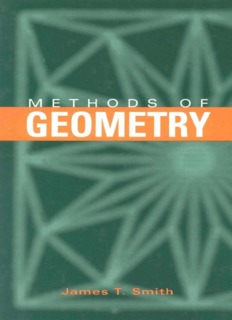
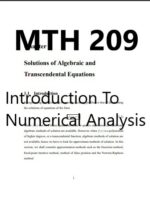
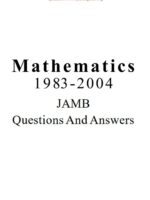

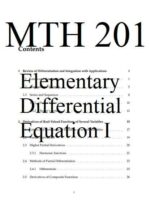
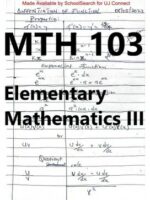
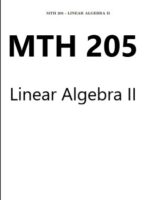

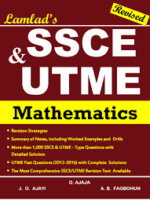
Be the first to review “Methods Of Geometry”